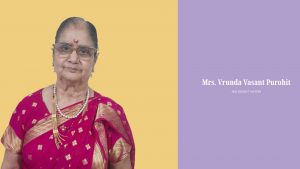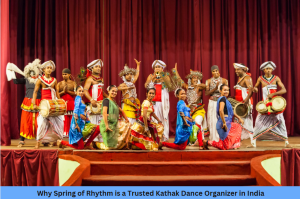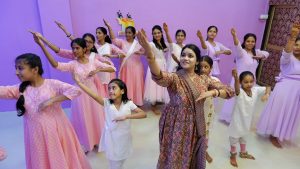Kathak, one of India’s most celebrated classical dance forms, has a rich history rooted in storytelling and expression. Over centuries, several legendary Kathak dancers have made an indelible mark on the art form, enriching it with their creativity, dedication, and performances. Their contributions have helped preserve the heritage of Kathak while also inspiring new generations of dancers. In this blog, we will explore the lives and legacies of some of the most renowned Kathak dancers, including Pandit Birju Maharaj, Sitara Devi, and others who have left an unforgettable impact on the world of Kathak.
1. Pandit Birju Maharaj

The Modern Maestro of Kathak
When we think of Kathak, the first name that often comes to mind is Pandit Birju Maharaj. Born into a family of Kathak dancers in 1938, Birju Maharaj belonged to the Lucknow Gharana (school) of Kathak, which is renowned for its delicate and expressive movements. His father, Achchan Maharaj, and his uncles, Shambhu Maharaj and Lachhu Maharaj, were also illustrious Kathak dancers. However, it was Birju Maharaj’s unique ability to blend tradition with innovation that set him apart.
- Contributions to Kathak:
Pandit Birju Maharaj brought Kathak to the global stage. Known for his flawless expressions (abhinaya) and intricate footwork (tatkaar), he also experimented with storytelling by including contemporary themes in his performances. His choreographies in Bollywood, especially for films like Devdas (2002) and Bajirao Mastani (2015), are well-known. His deep connection to rhythm and his expertise in thumri (a form of light classical music) gave his Kathak performances an exceptional musicality. - Lasting Legacy:
Pandit Birju Maharaj has been honored with several prestigious awards, including the Padma Vibhushan, India’s second-highest civilian award. His work continues to inspire countless Kathak enthusiasts, and his disciples, such as Saswati Sen and Kumudini Lakhia, carry forward his legacy. He has immortalized Kathak as a dance form that evolves with time while staying deeply rooted in tradition.
2. Sitara Devi
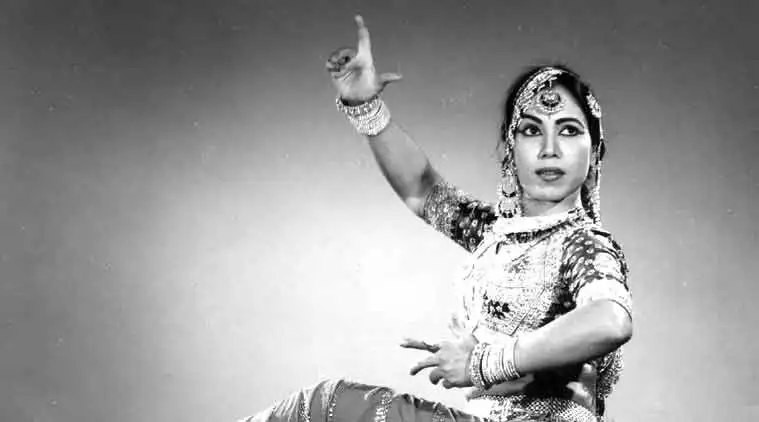
The Kathak Queen of Bollywood
Sitara Devi is often called the “Queen of Kathak” and is remembered for her energetic performances and pioneering spirit. Born in 1920 in Calcutta, she was part of a Brahmin family that strongly valued education. Despite facing resistance from orthodox circles, Sitara Devi followed her passion for dance under the tutelage of her father, Sukhdev Maharaj, who believed in preserving India’s cultural traditions.
- Contributions to Kathak:
Sitara Devi played a crucial role in popularizing Kathak beyond its classical boundaries. She integrated Kathak into Bollywood, delivering spellbinding performances that brought the dance form to mainstream audiences. Her charismatic performances in films like Mother India (1957) and Vatan (1954) showcased the versatility of Kathak as a dance form that could tell traditional as well as modern stories. - Lasting Legacy:
Sitara Devi was awarded numerous honors, including the Padma Shree, Sangeet Natak Akademi Award, and the Kalidas Samman. She made Kathak accessible to a wider audience and bridged the gap between classical and contemporary art forms. Her fearless attitude and artistic contributions have left an everlasting mark on both Kathak and Indian cinema.
3. Shambhu Maharaj
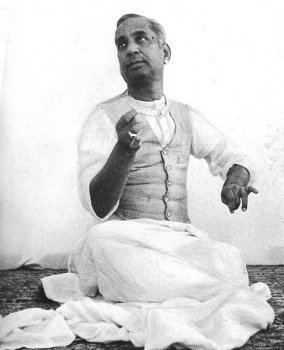
A Pillar of the Lucknow Gharana
Born in 1907, Shambhu Maharaj was one of the key figures responsible for shaping the Lucknow Gharana of Kathak. He was the son of Kalka Prasad and the younger brother of Achchan Maharaj, Pandit Birju Maharaj’s father. Shambhu Maharaj was known for his intense emotional expressions and the graceful yet strong style that defines the Lucknow Gharana.
- Contributions to Kathak:
Shambhu Maharaj brought a unique emphasis on abhinaya (expressive acting) in his Kathak performances. He was renowned for his ability to communicate complex emotions, whether portraying a character from mythology or depicting the subtleties of a thumri. His mastery over rhythmic patterns and his innovative interpretations of classical tales left audiences spellbound. - Lasting Legacy:
Shambhu Maharaj taught at various prestigious institutions, including the Sangeet Bharati and Bharatiya Kala Kendra, where he trained future generations of Kathak dancers. His disciples, like Kumudini Lakhia, have carried forward his artistic vision. His influence on the Lucknow Gharana’s style of storytelling through Kathak remains profound.
4. Maya Rao
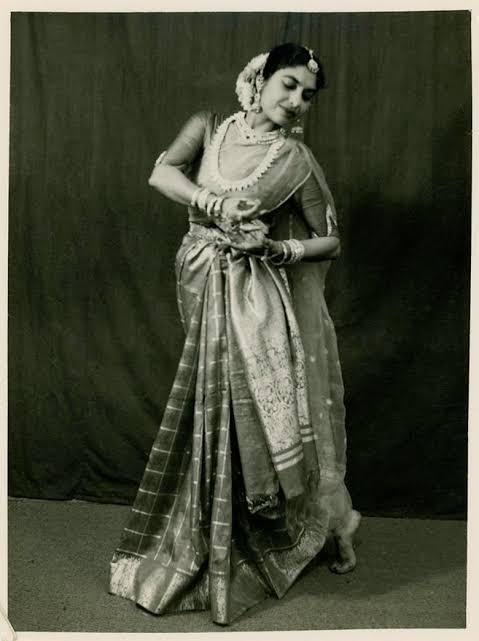
Bridging the East and West
A trailblazer in her own right, Maya Rao was one of the first Indian classical dancers to receive formal training in dance notation in Russia. Born in 1928, she was instrumental in popularizing Kathak not just in India but across Europe and other parts of the world. She combined her love for Kathak with a scholarly approach to dance.
- Contributions to Kathak:
Maya Rao is known for creating large-scale Kathak ballets, combining the dance form with other performing arts to tell grand stories. Her choreography often involved thematic explorations of Indian mythology and history. She founded the Natya Institute of Kathak and Choreography in Bangalore, which remains a hub for aspiring Kathak dancers. - Lasting Legacy:
Maya Rao’s approach to Kathak was both artistic and academic, contributing to the formalization of Kathak as a performing art. Her institute continues to foster creativity in dance, and her efforts in bringing Kathak to the world stage have been widely recognized.
5. Kumudini Lakhia

A Modern Innovator of Kathak Known for her innovative and modern interpretations of Kathak, Kumudini Lakhia has been a key figure in keeping Kathak relevant in contemporary times. She was trained by Shambhu Maharaj and under the influence of both the Lucknow and Jaipur Gharanas.
- Contributions to Kathak:
Kumudini Lakhia is famous for breaking away from the solo performance tradition of Kathak and creating group choreographies that highlight both individual skill and collective storytelling. She founded the Kadamb Centre for Dance and Music in Ahmedabad, where she has trained many notable Kathak dancers. - Lasting Legacy:
Kumudini Lakhia’s work in modernizing Kathak has allowed the dance form to grow and adapt while maintaining its classical roots. Her group performances and choreographies have been celebrated globally, and she has received numerous awards, including the Padma Bhushan for her contributions to Kathak.
Conclusion
The contributions of these legendary Kathak dancers have been instrumental in preserving and enriching this ancient dance form. Their performances, teachings, and innovations have ensured that Kathak continues to evolve, inspiring future generations of dancers across the globe. Each of these artists brought their unique flair to the art of Kathak, and their legacies remain an essential part of India’s cultural heritage.
As we continue to celebrate the elegance and storytelling prowess of Kathak, it is essential to remember these great dancers who helped shape the dance into what it is today. Through their dedication and artistry, Kathak has transcended boundaries and remains a beloved classical dance form both in India and abroad.
For more insights on Kathak and upcoming performances, check out our website at Spring of Rhythm and join our dance community!


